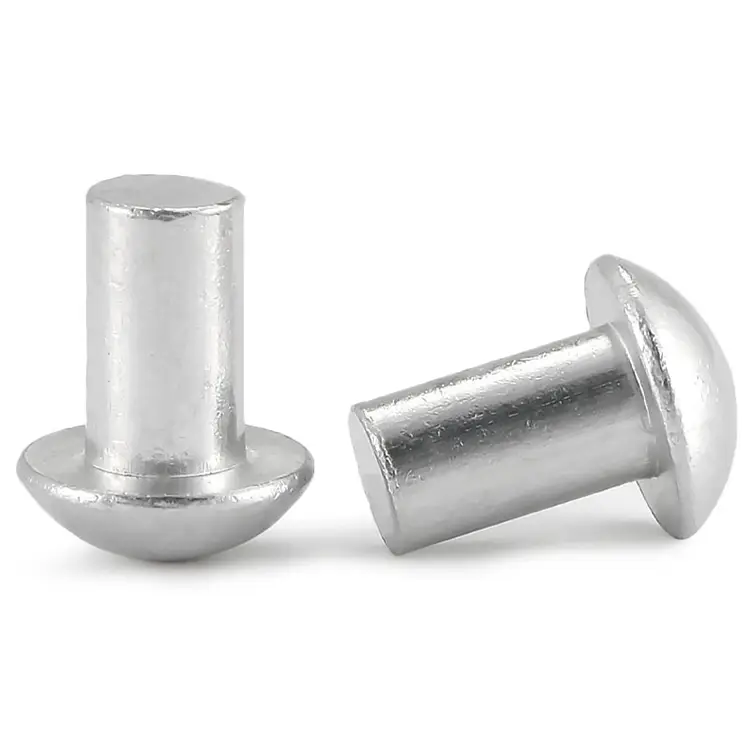Considerations for choosing Solid Rivets
2025-06-20
Solid rivets are among the oldest and most reliable fasteners used in a wide range of applications, particularly in the aerospace, automotive, and construction industries. Choosing the right solid rivet is essential to ensure structural integrity, safety, and longevity of the assembly. Several factors must be considered during the selection process, including material compatibility, rivet size, strength requirements, installation method, and environmental conditions.
1. Material Compatibility
One of the most important considerations is the compatibility between the rivet material and the materials being joined. Using dissimilar metals can lead to galvanic corrosion, which can weaken the joint over time. For example, aluminum rivets are best paired with aluminum or soft materials, while steel or titanium rivets are more appropriate for stronger, denser materials. The choice of rivet material also affects weight and corrosion resistance.
2. Rivet Size and Head Type
Rivet size, including length and diameter, must be appropriate for the thickness of the materials being fastened. A rivet that is too short will not hold the joint securely, while an excessively long rivet can be difficult to install and may compromise the joint. The head style—such as round, flat, or countersunk—should be selected based on the application’s aesthetic and structural requirements. For example, countersunk rivets are used when a flush surface is necessary, as in aircraft skins.

3. Strength and Shear Load Requirements
Different applications demand different mechanical properties. In load-bearing structures, the tensile and shear strength of the rivet must match or exceed the forces it will be subjected to. Engineers typically refer to standardized tables and specifications to determine the appropriate rivet type and size based on expected loads. Overlooking this consideration can lead to joint failure, especially in critical applications.
4. Installation Considerations
Solid rivets generally require access to both sides of the assembly and must be installed using a hammer and bucking bar or a rivet gun. The method of installation should be practical for the project’s environment and scale. For example, in mass production environments, pneumatic or hydraulic riveting tools may be used. The installation process also demands skilled labor, especially in applications requiring consistent and high-quality joints.
5. Environmental Conditions
The operating environment significantly impacts the performance of solid rivets. For outdoor or marine applications, corrosion resistance becomes a primary concern, necessitating the use of rivets made from stainless steel or other non-corrosive alloys. In high-temperature environments, materials like titanium or high-strength steel are preferred for their heat resistance and strength retention.
Conclusion
Choosing the right solid rivet involves a careful evaluation of material compatibility, size, mechanical strength, installation practicality, and environmental factors. Each application has its unique set of challenges, and the rivet choice must align with the specific needs of the project. A well-chosen solid rivet ensures a durable, secure, and safe joint that can withstand the test of time and usage.
As a professional manufacturer and supplier, we provide high-quality products. If you are interested in our products or have any questions, please feel free to contact us.


